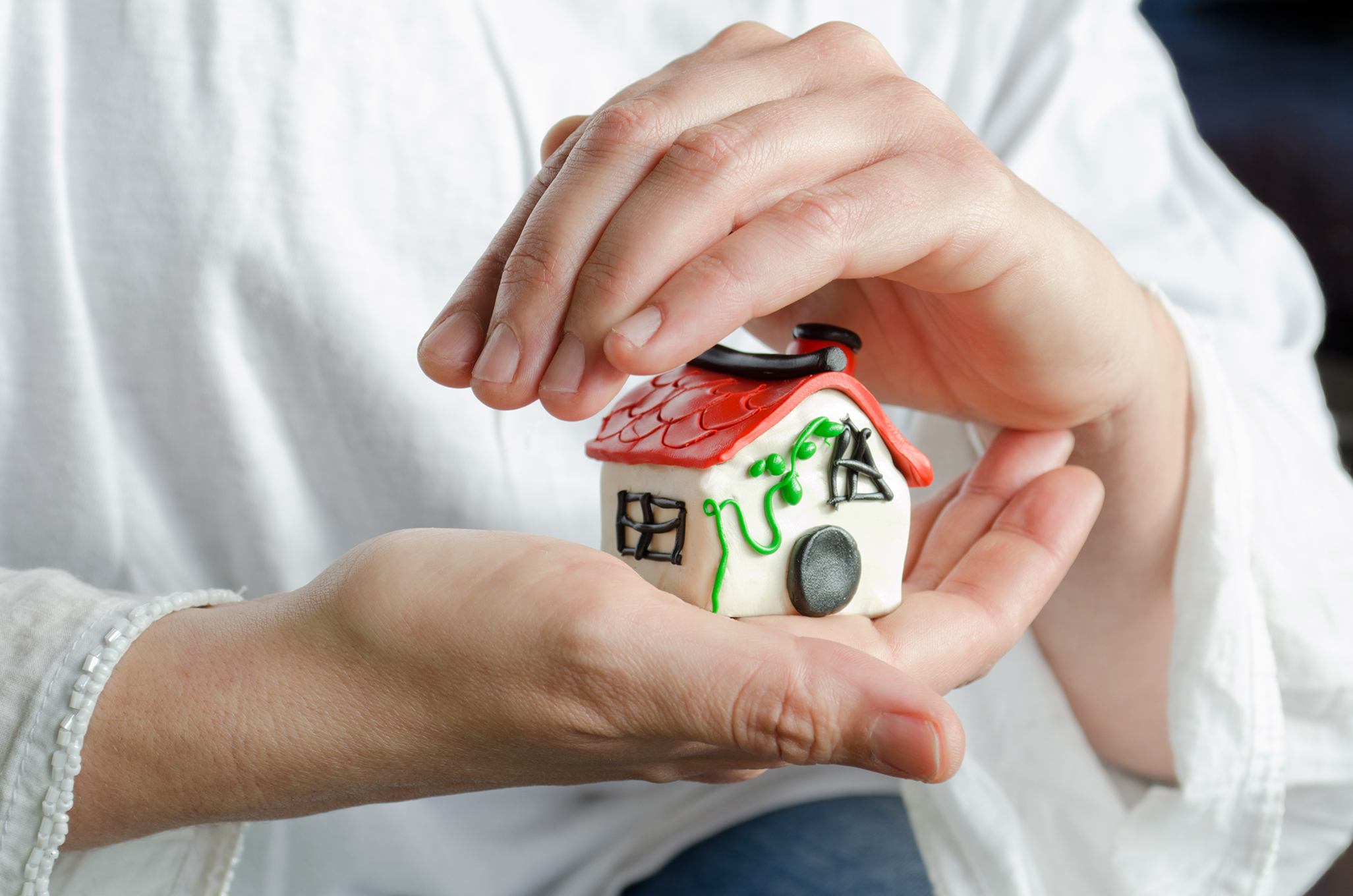How To Increase Your Home Security

Home security without paying a fortune
Home is not just where the heart is – it is where we keep the things we love, and value.
A break-in can not only deprive us of the things that are special to us, it can mean we never feel comfortable in our home again. So it pays to look at your home security – and the good news is that you probably don’t need to pay a fortune to improve it.
Look occupied
Burglars very rarely target a home that has people in it, especially if those people are awake and active.
So, leave a TV or radio on when you are out. BBC Radio 4 means almost round the clock talk, so anyone considering forcing an entry will hear voices.
Leaving a light on can work, but a light that never changes might be spotted as a ruse by a determined wrongdoer. Plug timers are simple to use and cost a few pounds. Simply plug the plug timer into a socket and plug a light – or your radio or TV - into the plug timer.
Get more than one timer, and you can have lights and sounds in different parts of your home – more convincing than concentrating on a single room. Set them to turn on and off several times a day and night, and if you want to be really clever, ensure that bedrooms light up at night, while your kitchen and living room look and sound occupied during the day.
A new variation is the Smart Bulb, which lets you control your lighting via a home hub like Alexa. Set them to come on during the course of the day – or you can even control them remotely with your Smartphone.
Be alarming
The opportunist intruder will flee if they trigger an alarm.
A top of the range monitored alarm system can alert the police in minutes – but they cost thousands to install and require a regular subscription. There are some cheaper alternatives.
Window alarms cost around £25 each. Just place them next to your ground floor windows, and they will emit a siren sound if the window you have placed them by opens.
To increase the security of a garage or shed you can use a standalone alarm, essentially an alarm system in miniature with a keypad control, siren and motion sensor. When the system detects movement, the system will sound the alarm if not deactivated by using the correct code. Check out your local DIY store – like B&Q. They also do full house systems.
You could also consider a dummy alarm – or a dummy camera. They don’t actually sound an alarm or capture footage of intruders, but they look enough like the real thing to offer a deterrent - helping ensure it is not your home that is targeted.
Lock up tight
Modern doors and windows all have effective locks – but they won’t be much use if you don’t take the trouble to lock them.
Make it part of your regular routine to go around and lock up before going to bed and keep them locked during the day.
Make sure you do double locking – locking your door with your keys and not relying solely on the latch. It is simple to do, but it stops tricks such as carding, hooking and door popping to gain entry.
Insurance companies and police forces recommend that external doors should be fitted with locks which meet British Standard 3621. Look for for the British Standard kitemark located on the faceplate. If your locks don’t meet the standard, you might consider upgrading. A locksmith will be expensive, but you can change your locks yourself – there are plenty of videos and how-to guides online.
Go into hiding
You cannot completely secure your home – but if an intruder does get in you may be able to protect your valuables such as jewellery, money and important documents by hiding them.
You could put them in a bag at the bottom of your freezer. An old suitcase in your loft is another solution – or you could use an ordinary empty tin at the back of your food cupboard. There is no perfect answer, but few burglars will want to spend much time looking. They would rather be in and out fast.
Just make sure that the other members of your household know about your secret hiding place, to avoid your valuables being thrown out by mistake!






